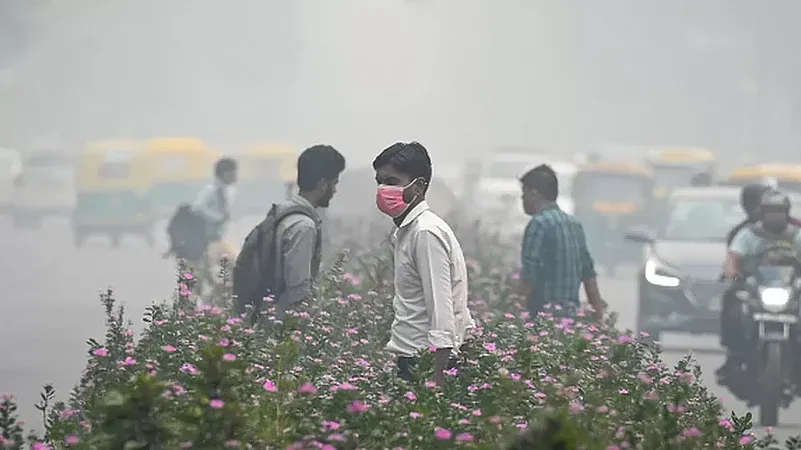In a major step to combat the capital's chronic air pollution, Delhi Chief Minister Rekha Gupta has announced the Air Pollution Mitigation Plan 2025, under which only BS-VI compliant, CNG, or electric (EV) commercial vehicles will be allowed to enter the city from November 1, 2025. the move is aimed at reducing vehicular emissions during the smog-heavy winter season, when the city's Air Quality Index (AQI) often crosses into the "severe" or "hazardous" category. the ban will apply strictly to commercial vehicles, including goods carriers, taxis, and contract carriages. Private passenger vehicles are currently exempt from this restriction. However, essential services such as vehicles transporting food supplies, medical goods, emergency response units, and those used for government related duties will be allowed entry regardless of fuel type. the restriction is part of a broader enforcement strategy under the Commission for Air Quality Management (CAQM) and aligns with Stage III and IV of the Graded Response Action Plan (GRAP), activated when AQI levels exceed 401. Highlighting the importance of scientific innovation in addressing pollution, CM Rekha Gupta also announced partnerships with leading research institutions. the Delhi government has signed a Memorandum of Understanding (MoU) with IIT Kanpur to implement cloud seeding and artificial rain as a pilot project. This innovative geoengineering solution is designed to bring down particulate matter from the atmosphere during periods of extreme pollution. In a related move to tackle dust pollution, the government has also made it mandatory for all high-rise commercial buildings larger than 3,000 square metres including malls, office towers, and hotels to install anti smog guns. these machines spray fine mist to suppress airborne dust, and are expected to reduce particulate pollution around construction and commercial zones. To ensure compliance, the Delhi Transport Department has issued formal directives and will begin monitoring vehicles from November 1. Violators could face penalties under the Motor Vehicles Act, including fines and deactivation of vehicle permits. Enforcement mechanisms will be intensified during high AQI periods, and GRAP measures such as construction bans, school closures, work from home mandates, and the odd-even vehicle rule may also be implemented as necessary. However, Delhi’s transition to electric mobility is facing a global headwind. China’s recent restrictions on rare-earth exports vital components in EV motors, batteries, and electronics—have disrupted global supply chains. Major automakers like Ford, BMW, Bosch, Maruti Suzuki, and Bajaj Auto are already experiencing material shortages and production delays. Indian manufacturers warn that the shortage of rare earth magnets could affect EV production until at least July 2025, complicating efforts to meet growing demand for compliant electric vehicles. Looking ahead, Delhi's long-term pollution control strategy includes a planned ban on the sale of new petrol and diesel two-wheelers starting April 1, 2027. To support this transition, the government will offer financial incentives, including cash grants of approximately ₹30,000 ($350) for electric two-wheelers, tax waivers for hybrids, and a small surcharge on petrol vehicles to nudge consumers toward cleaner options. With the Air Pollution Mitigation Plan 2025, Delhi is aiming for a significant shift toward sustainable transportation and cleaner air. By combining legislative enforcement, scientific innovation, and global partnerships, the capital is setting a bold precedent for environmental policy in India.Also to strengthen its green cover, the Delhi government will also launch a massive tree-planting drive titled “Ek Ped Maa Ke Naam” on June 5, with a target of planting 70 lakh saplings across the capital this year.
BS-VI, CNG, EV Vehicles Only: Delhi's Big Move to Curb Air Pollution in 2025.
By Sobiya Banday•
